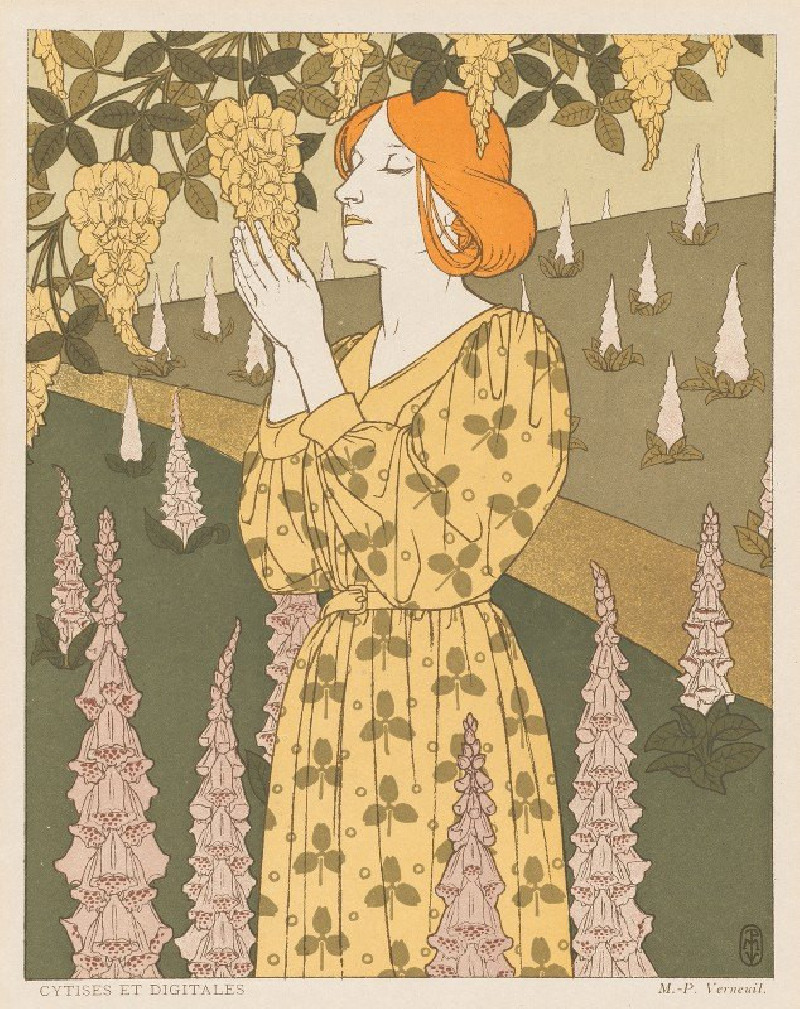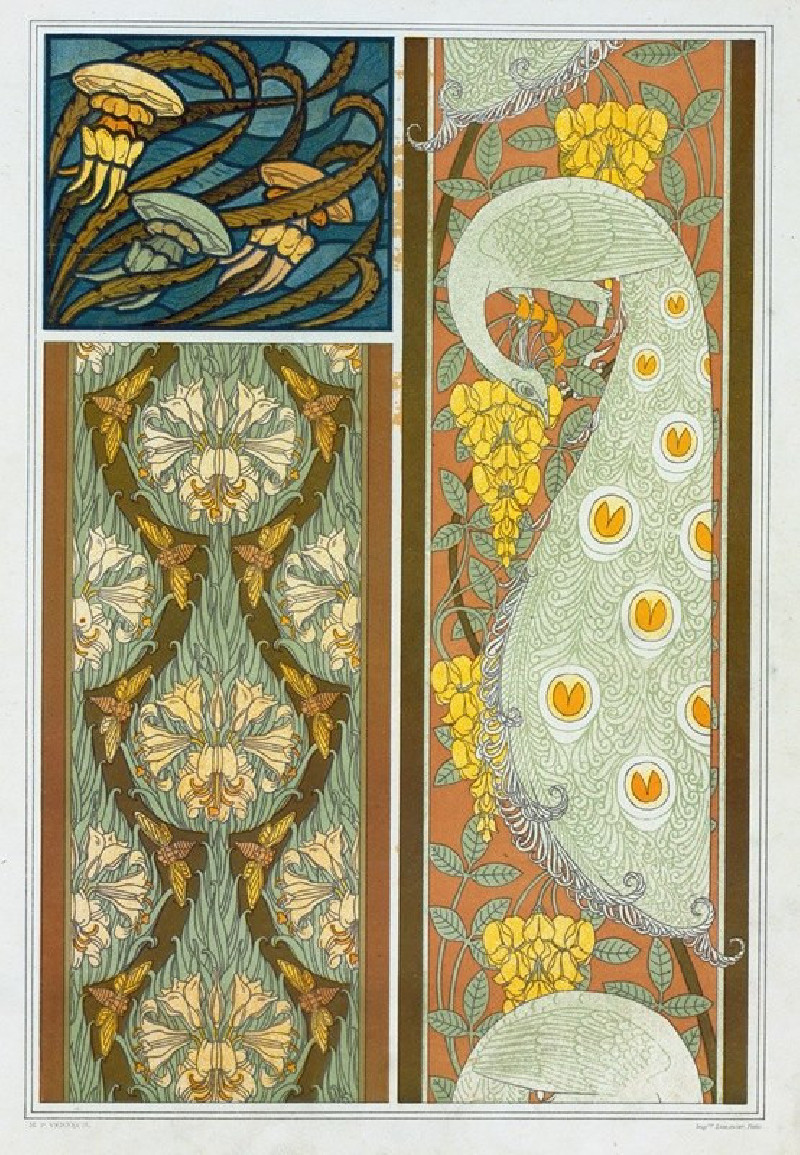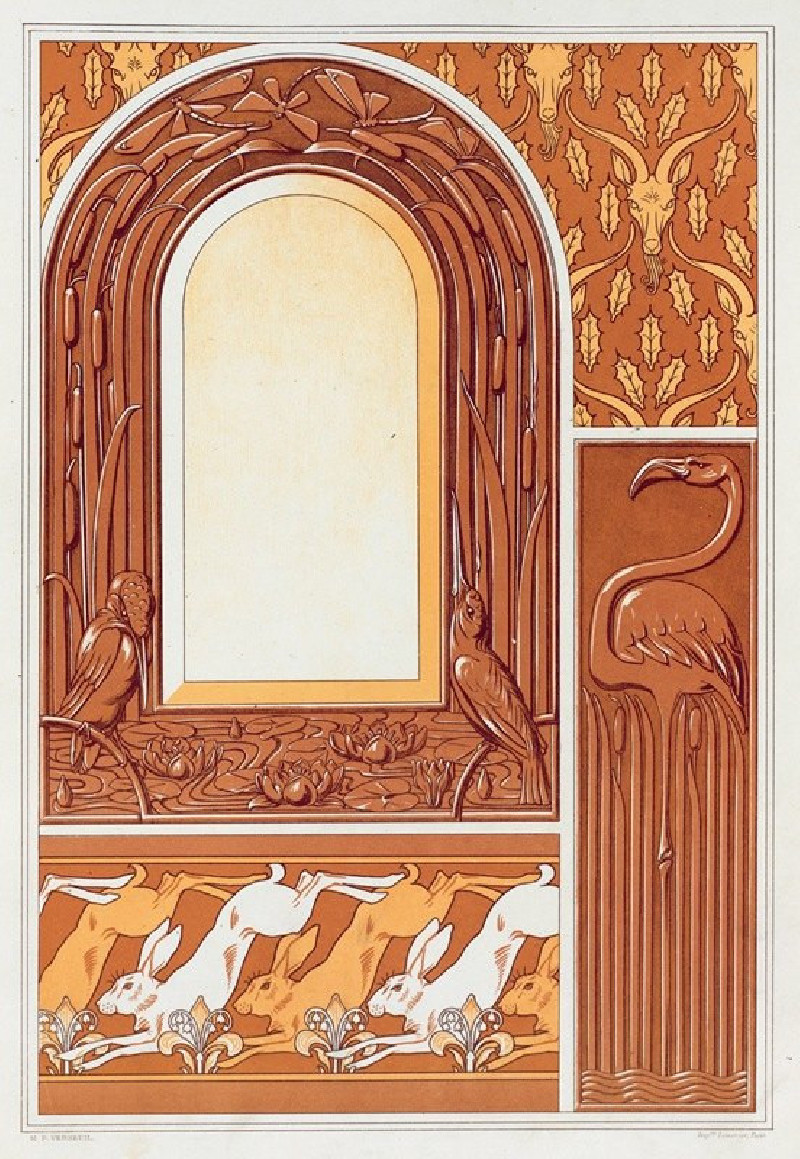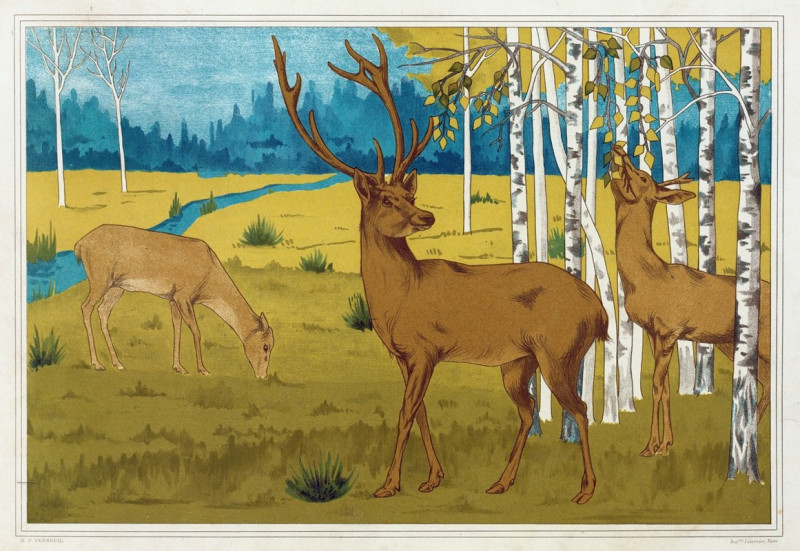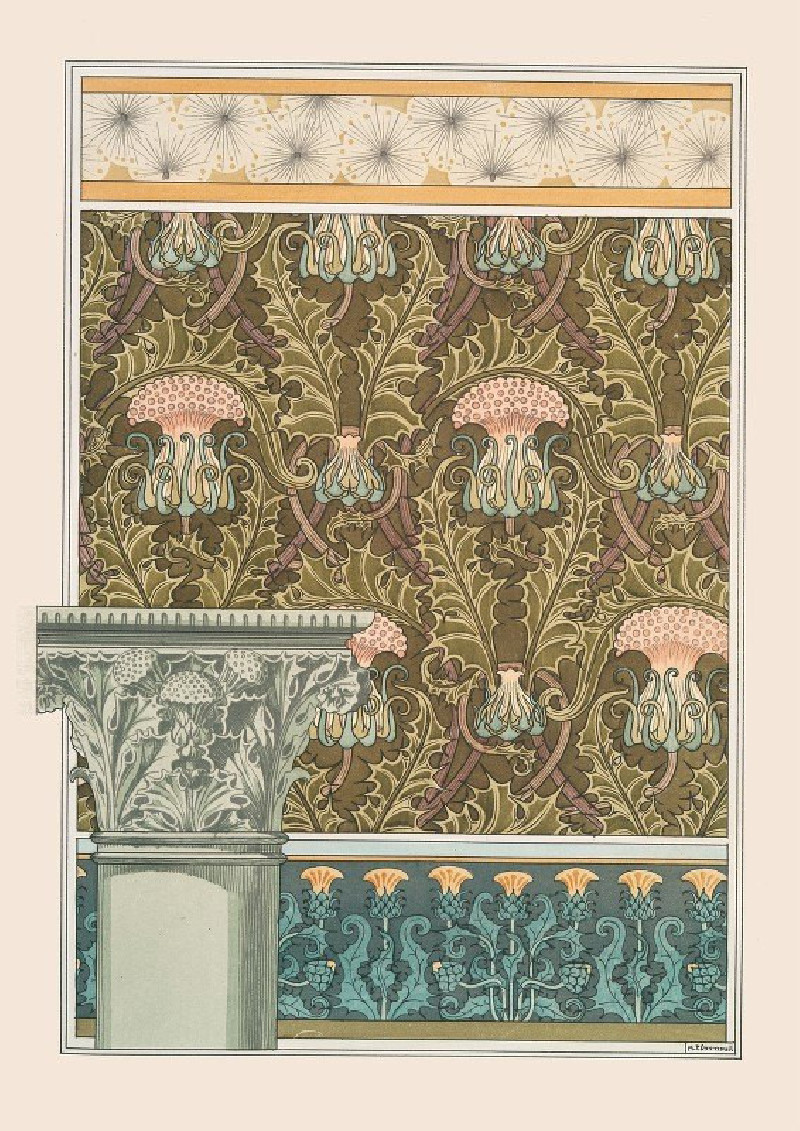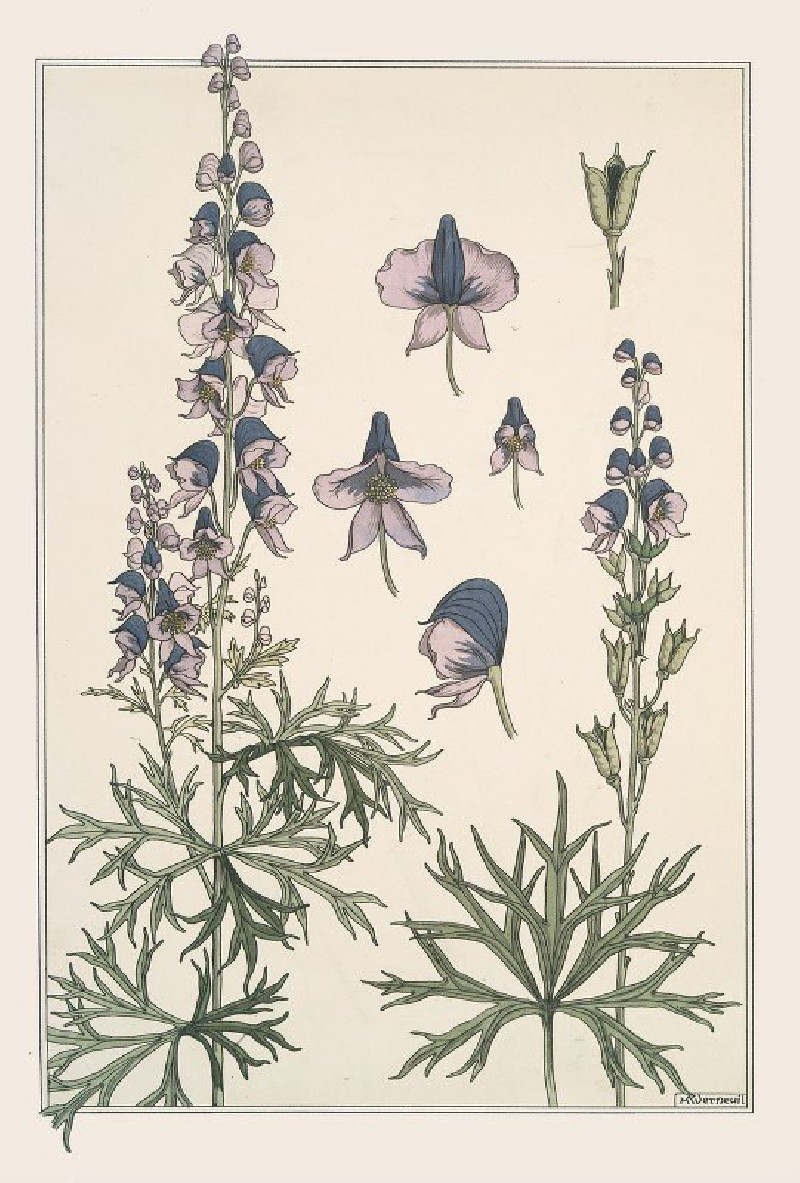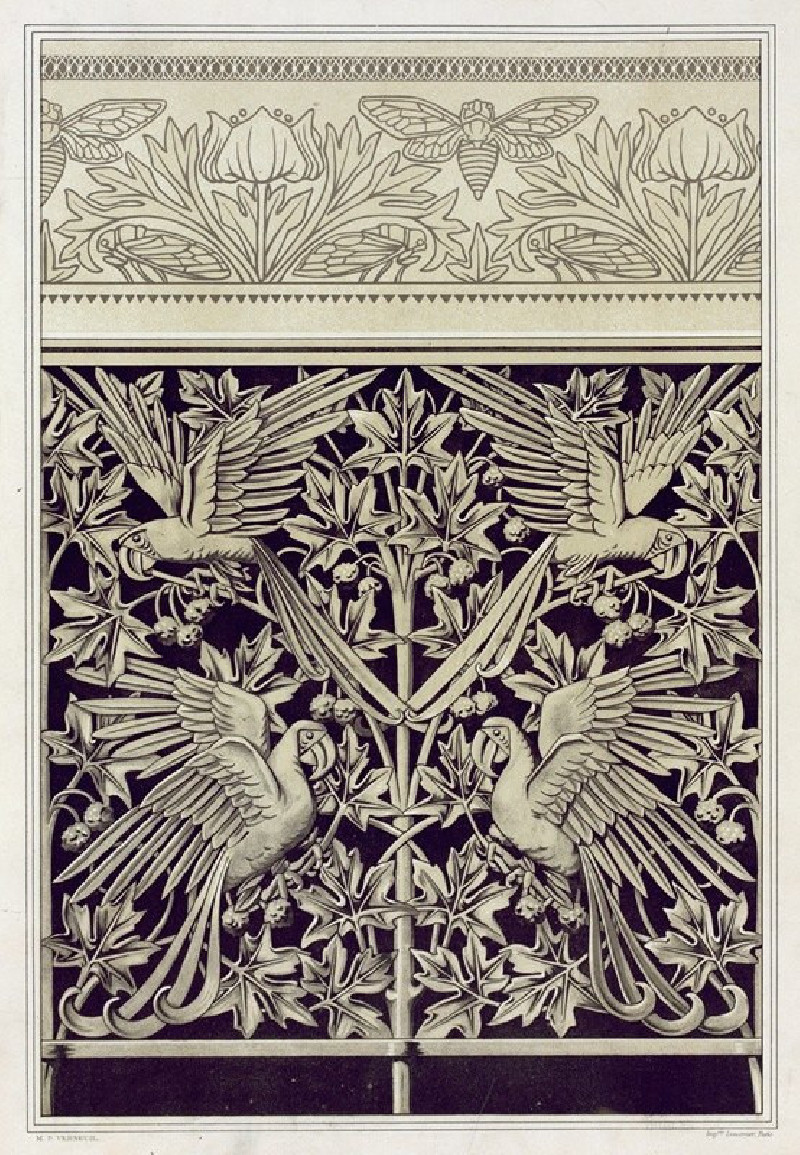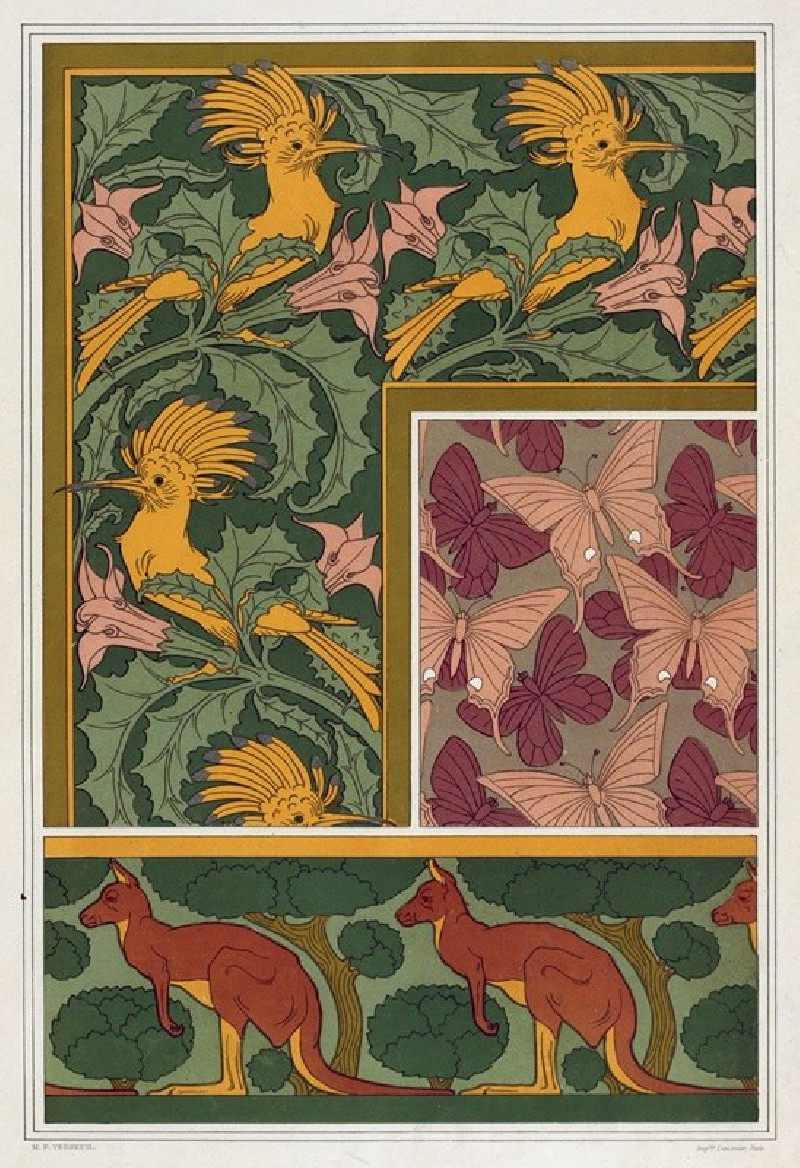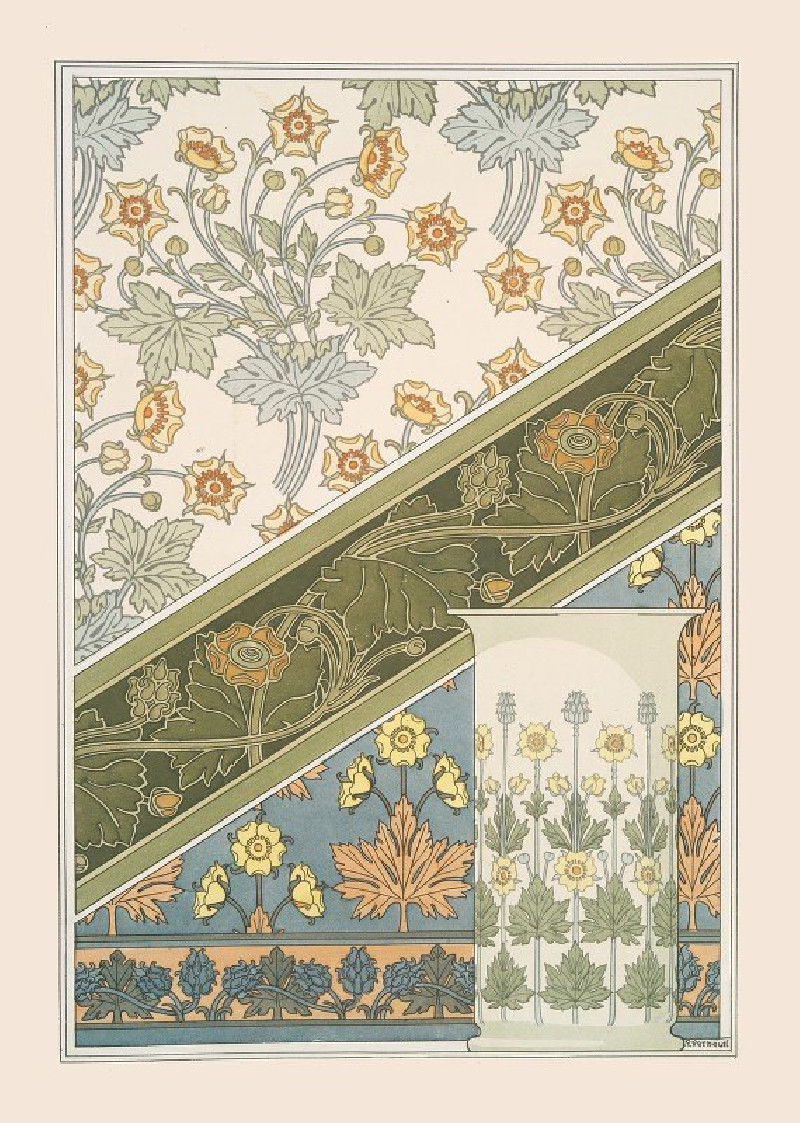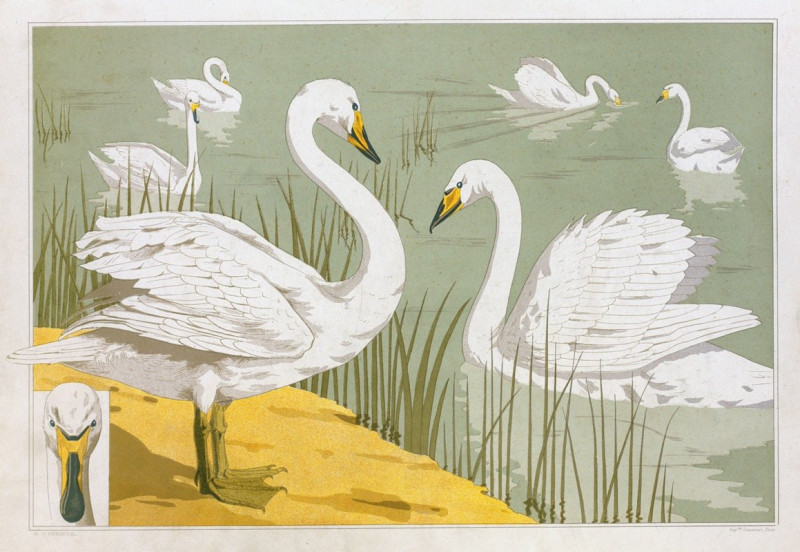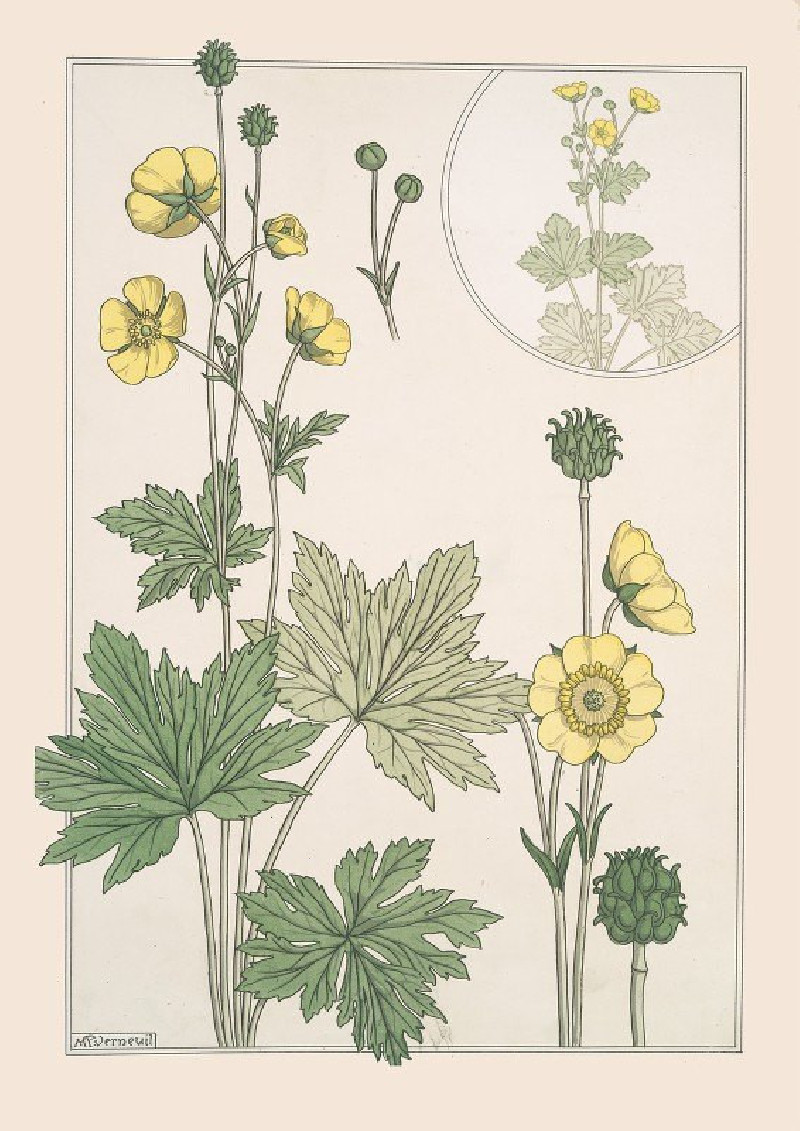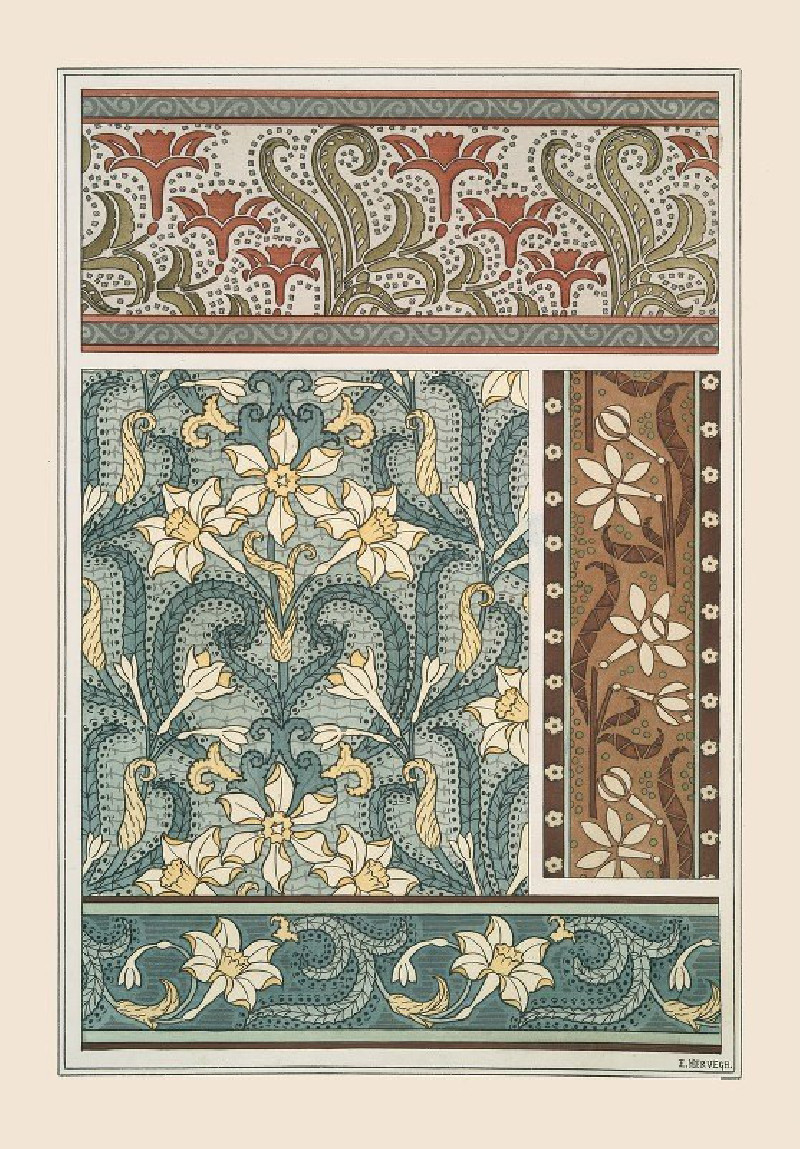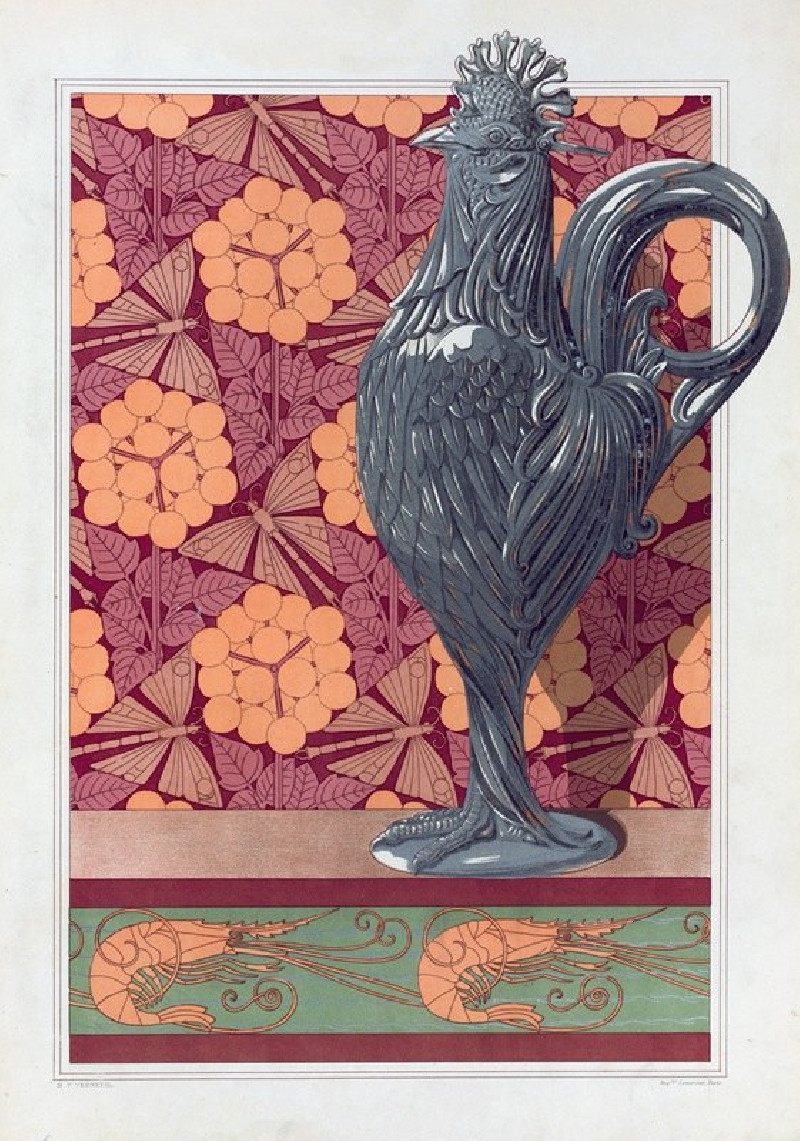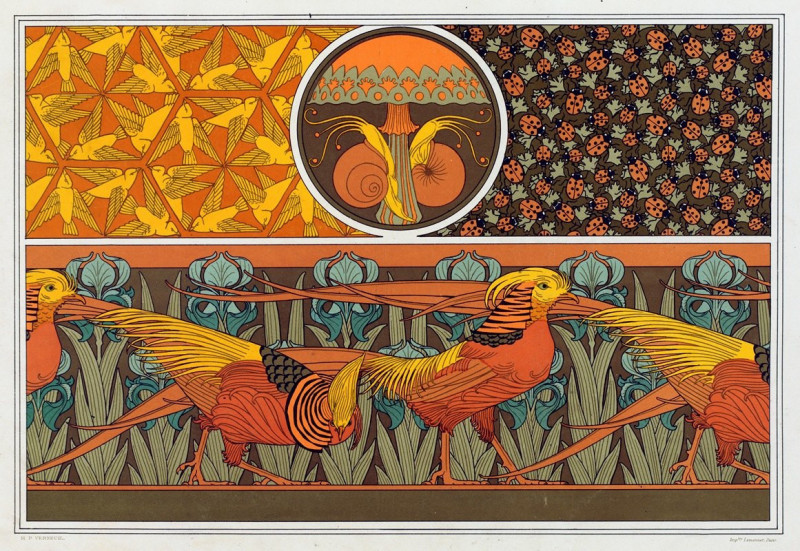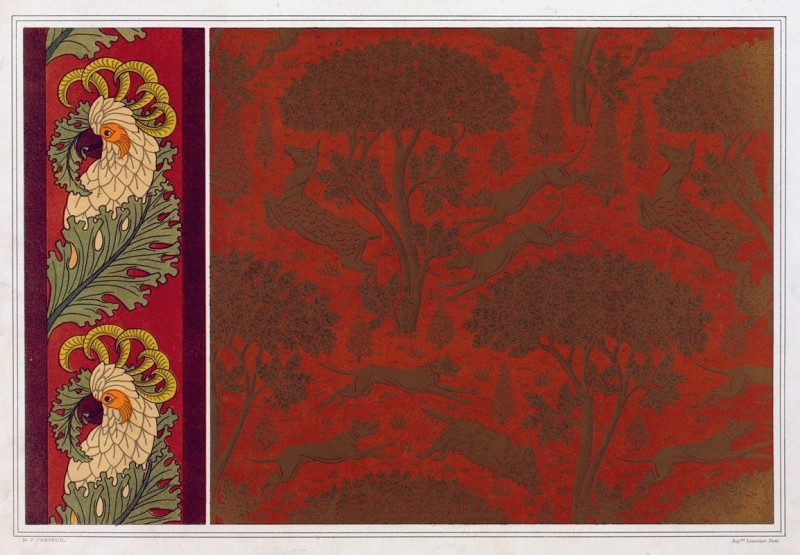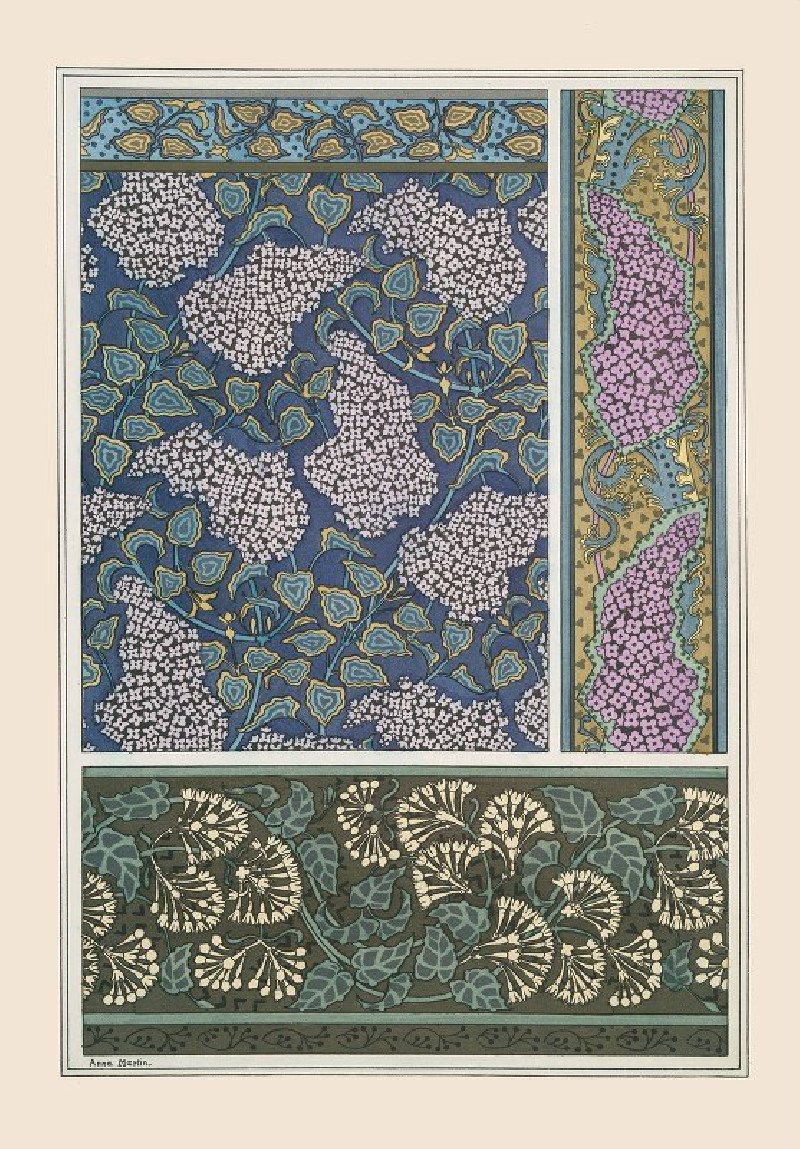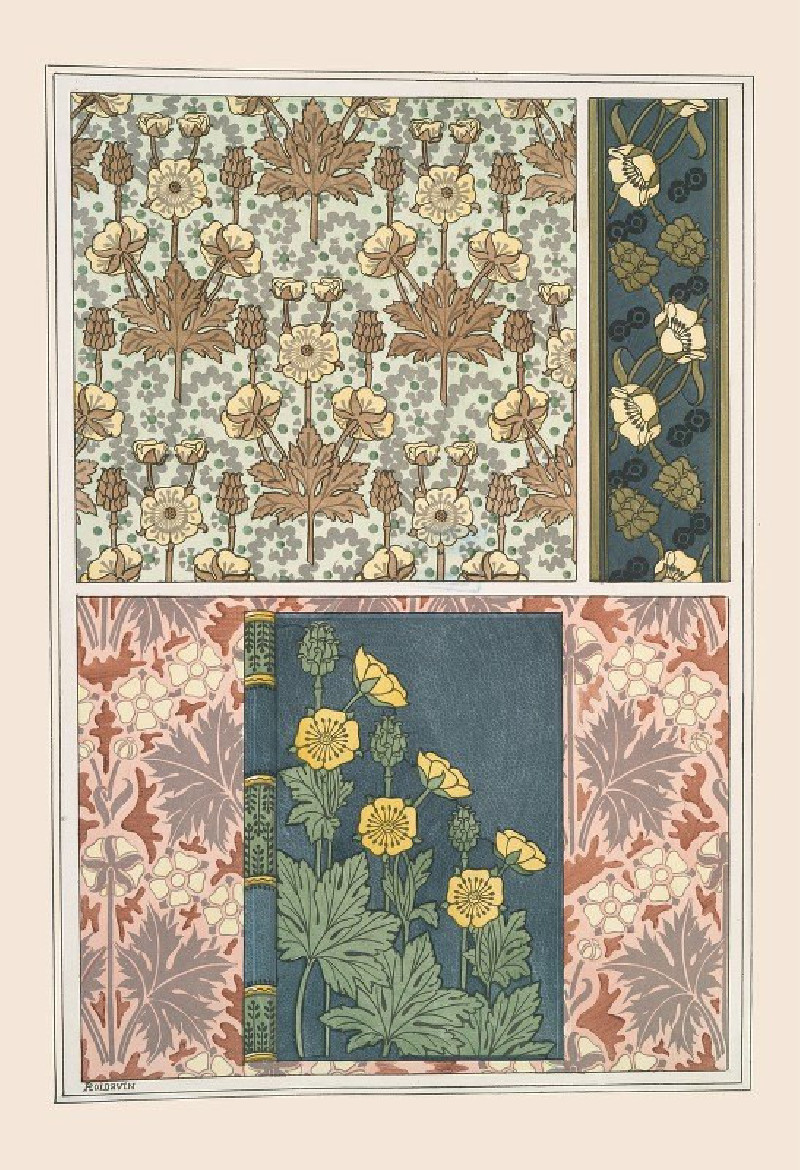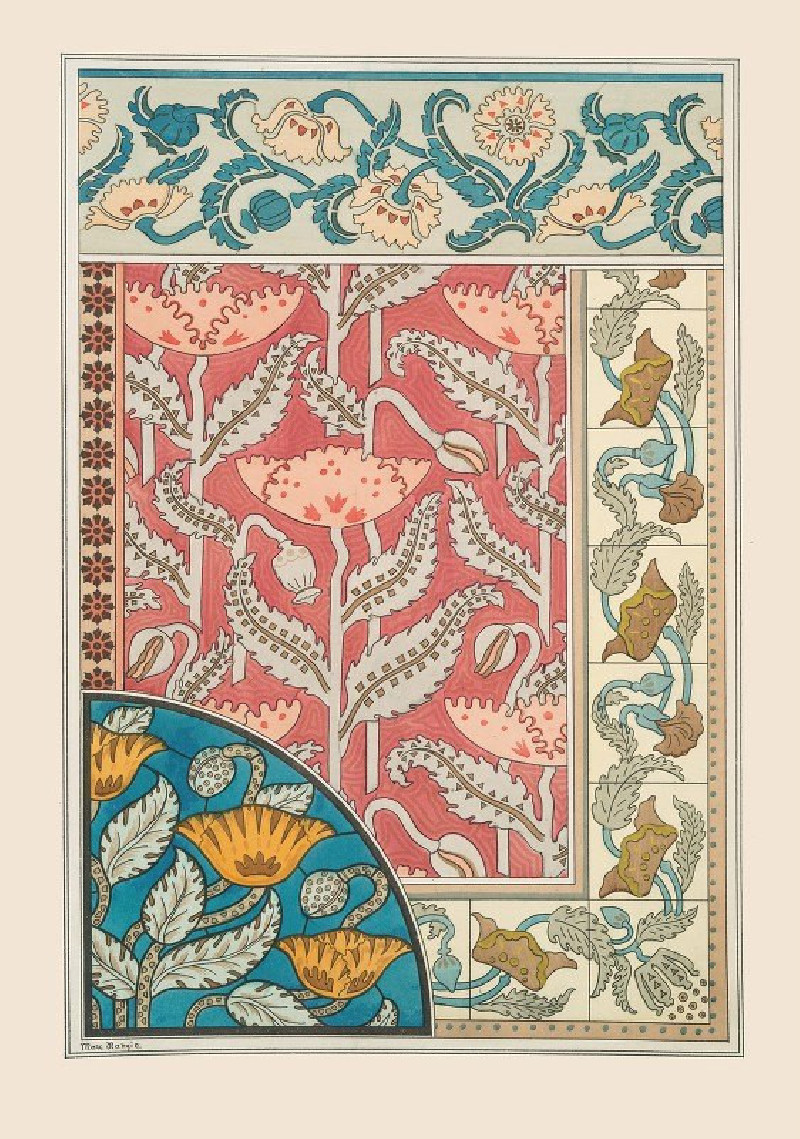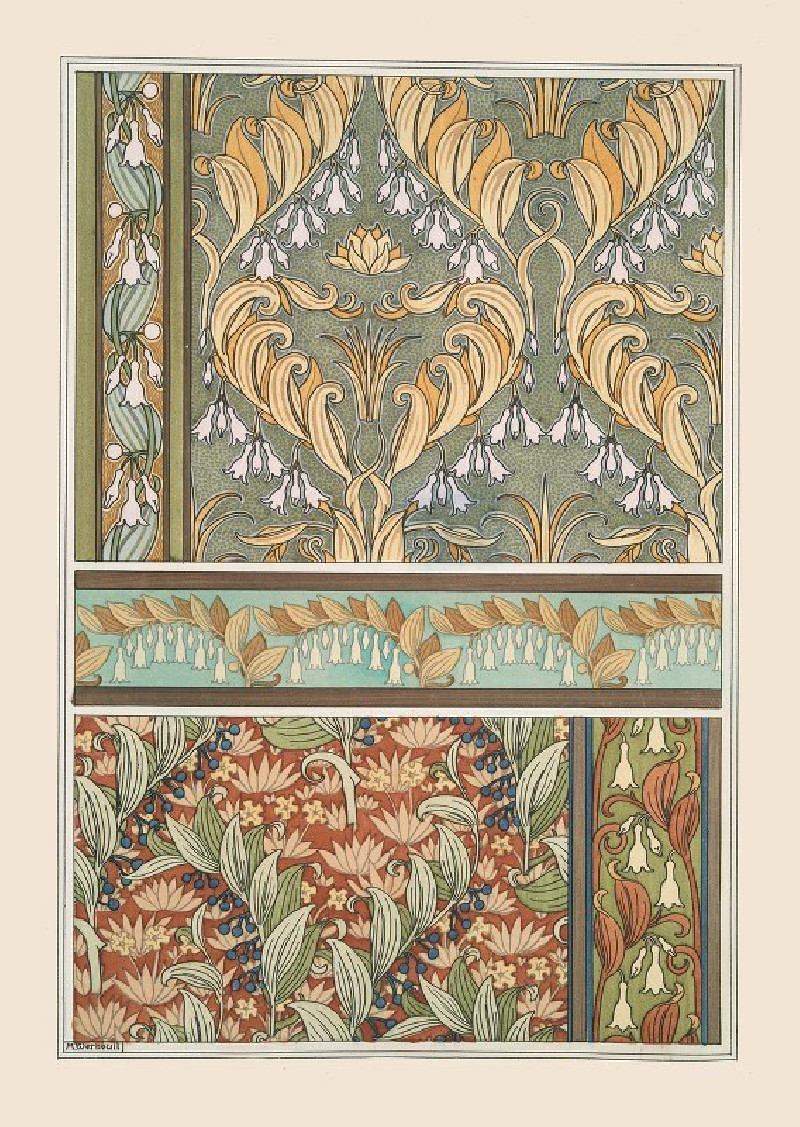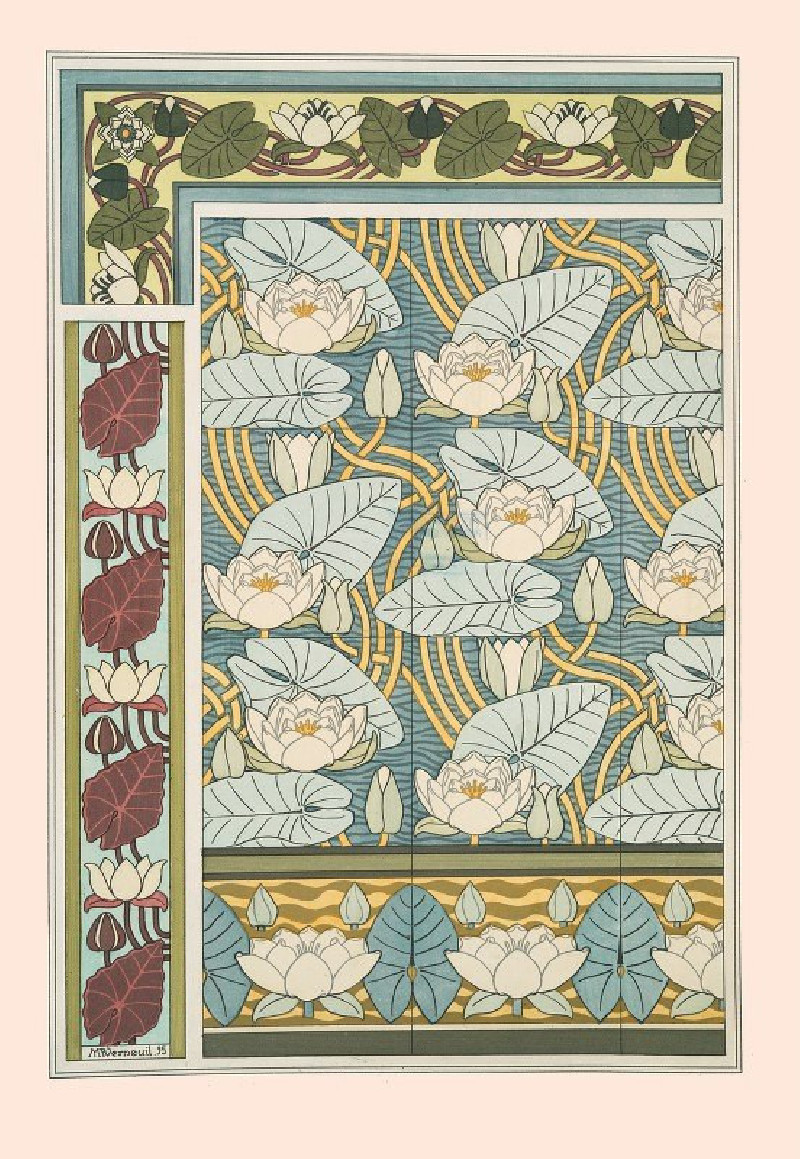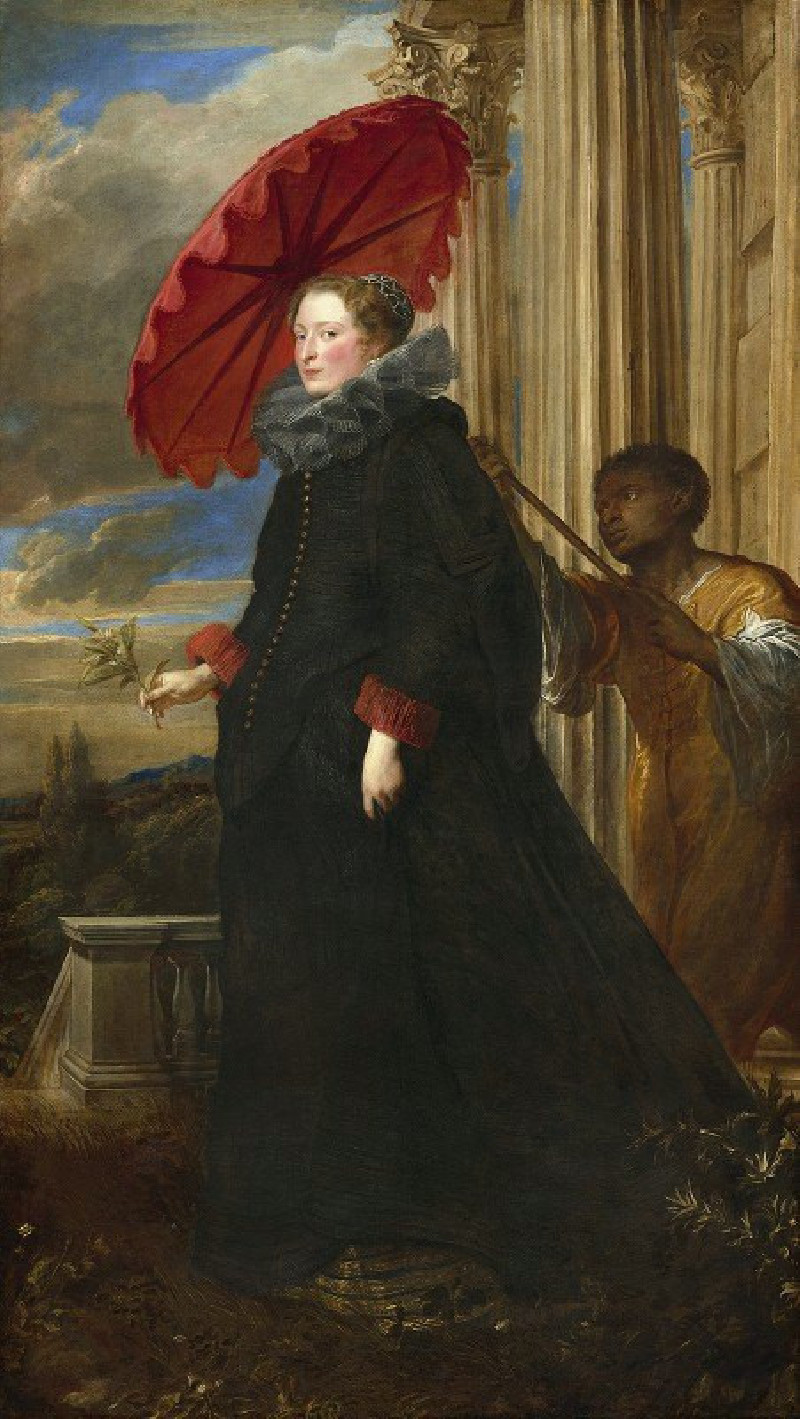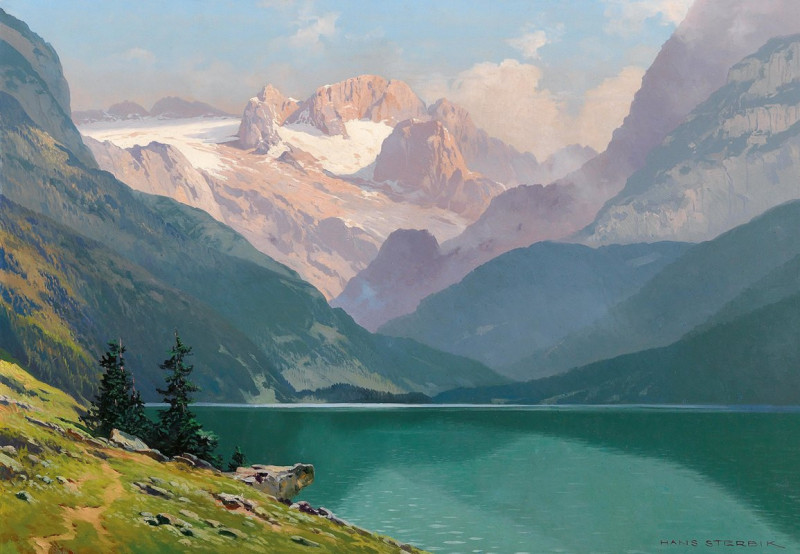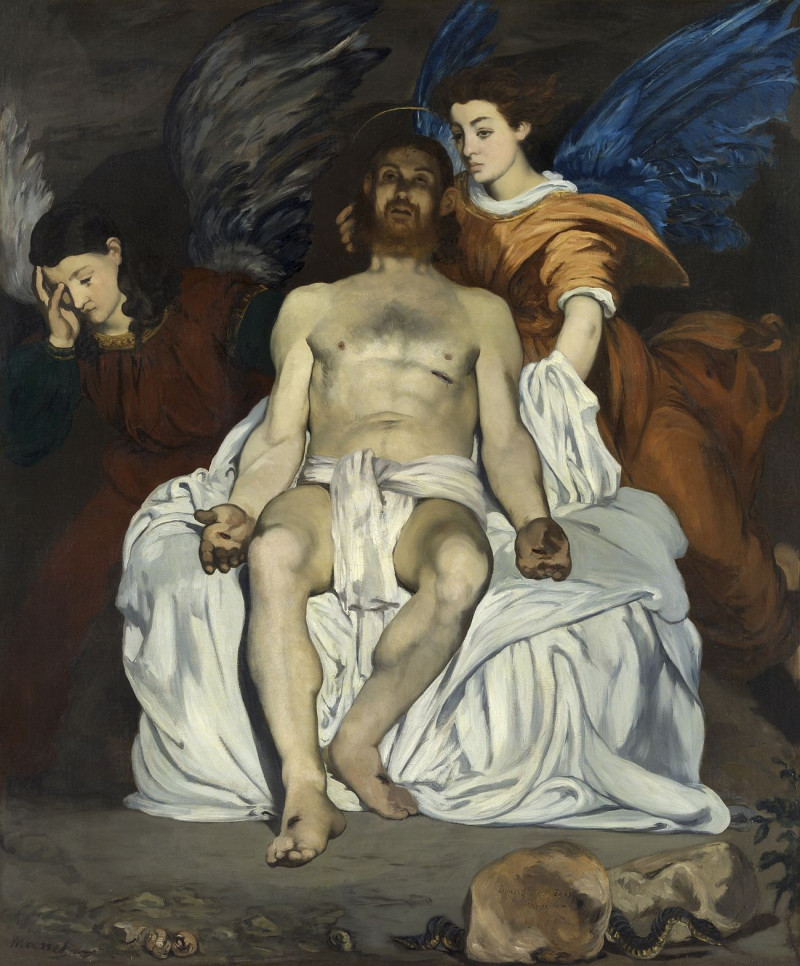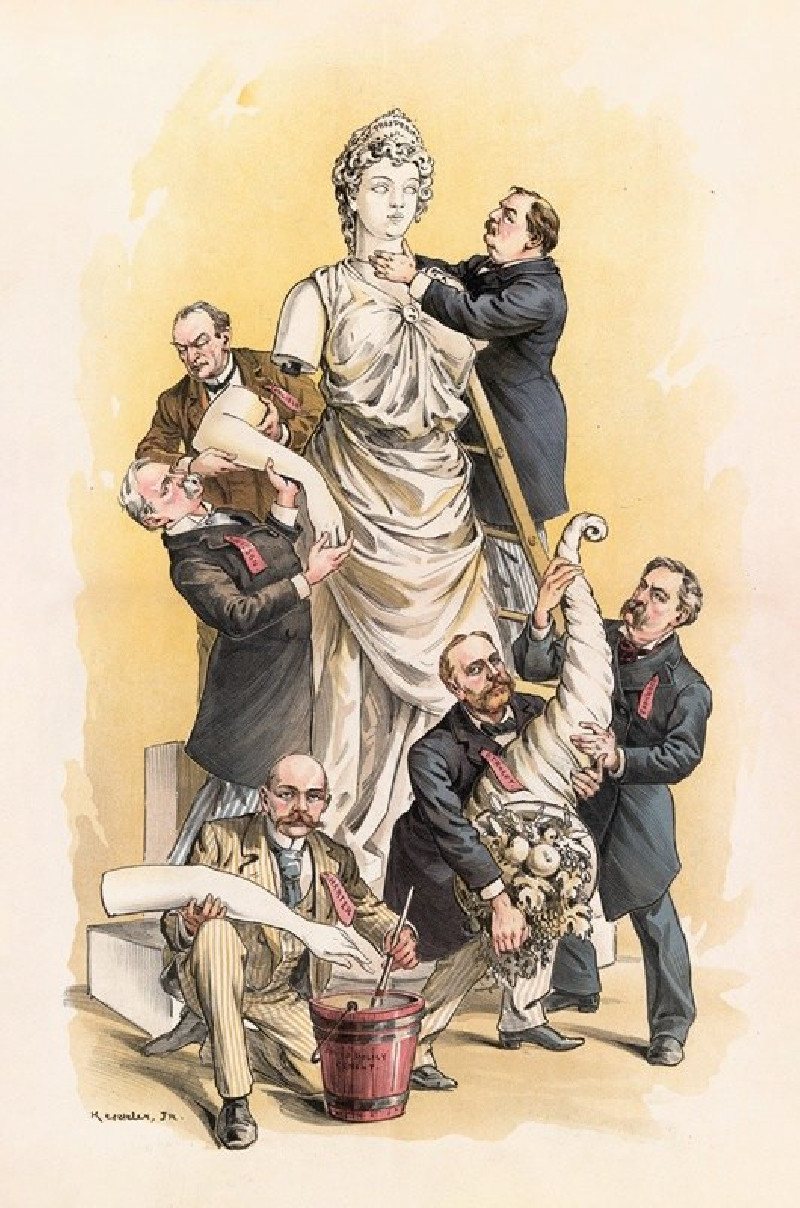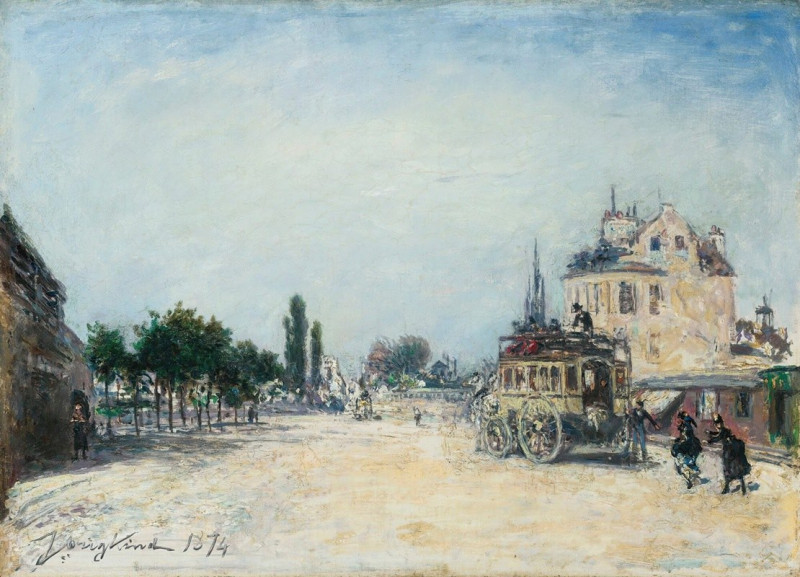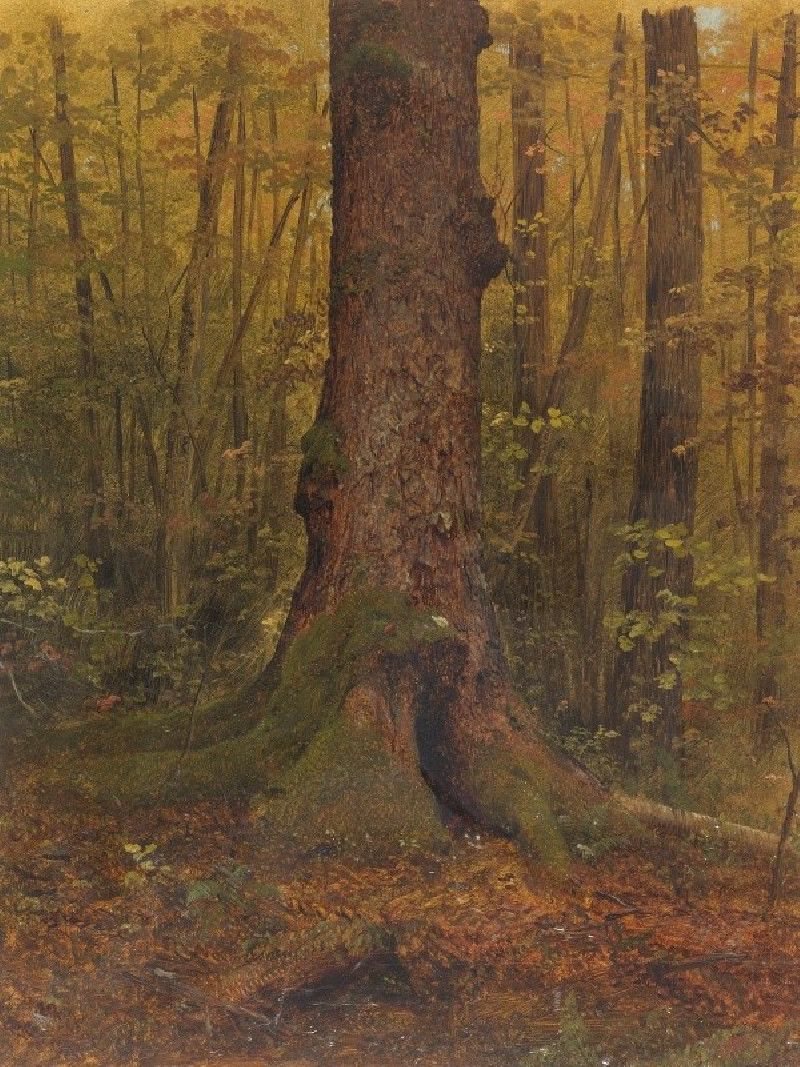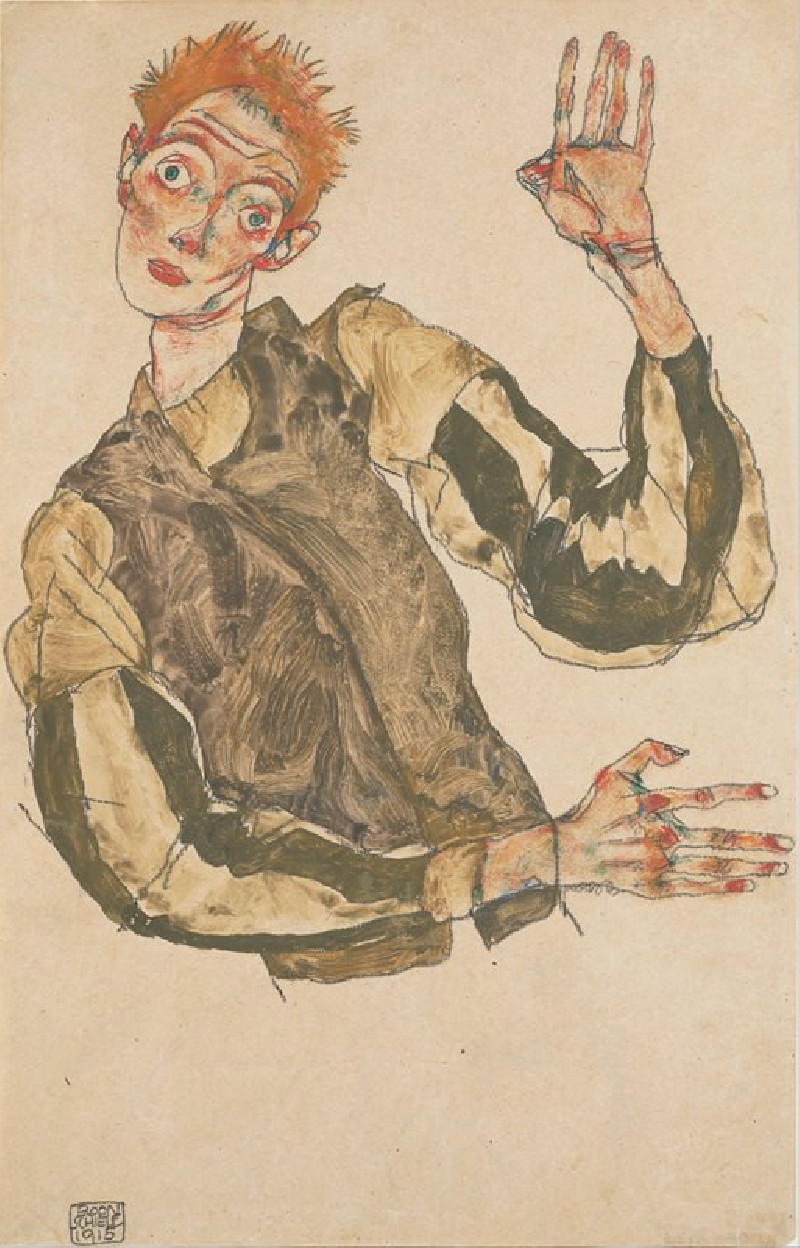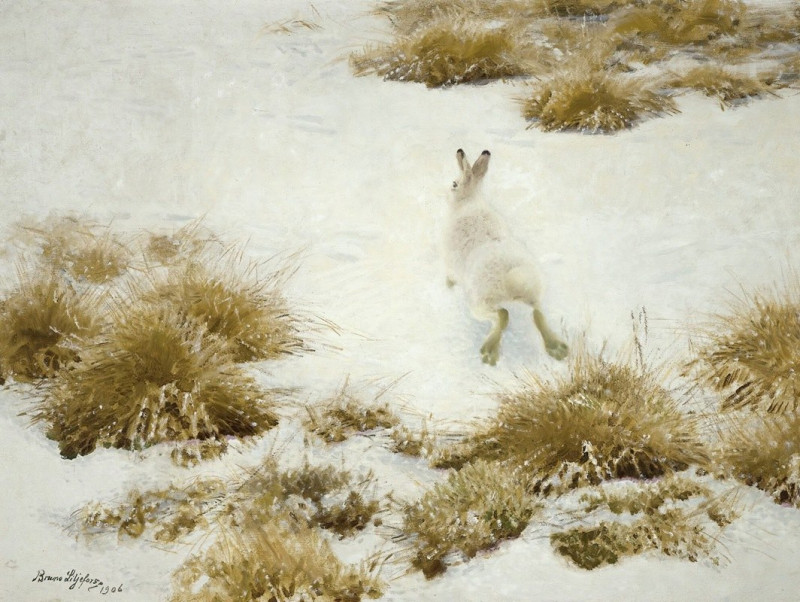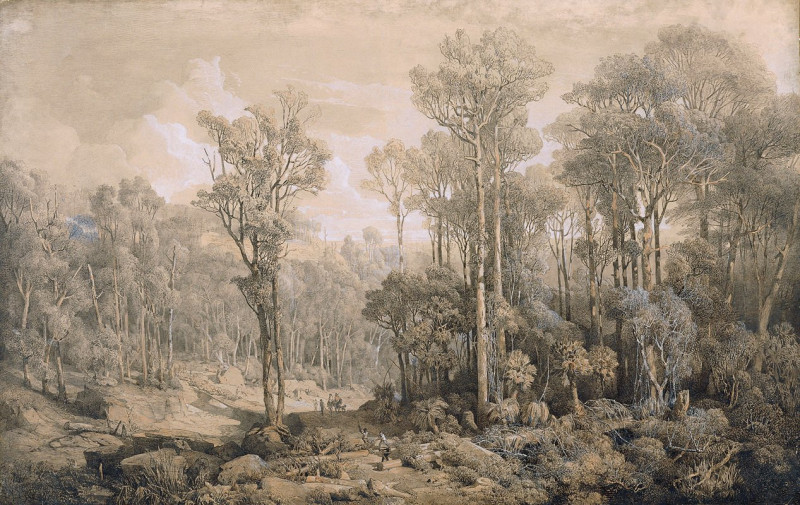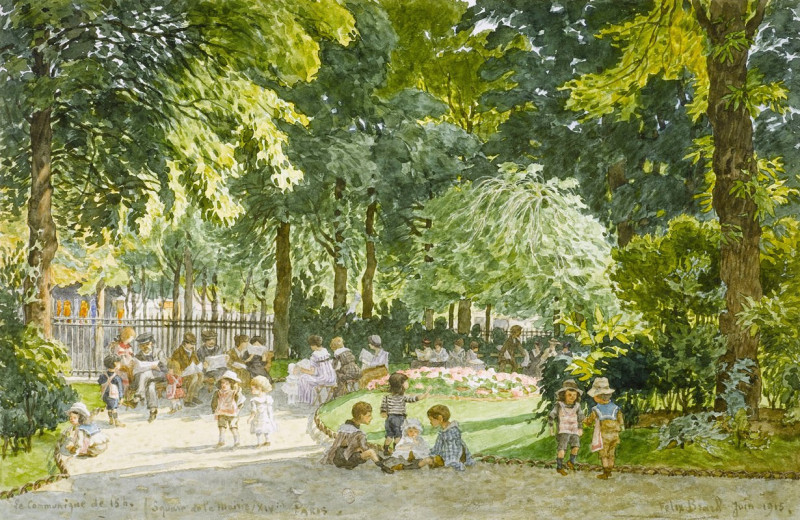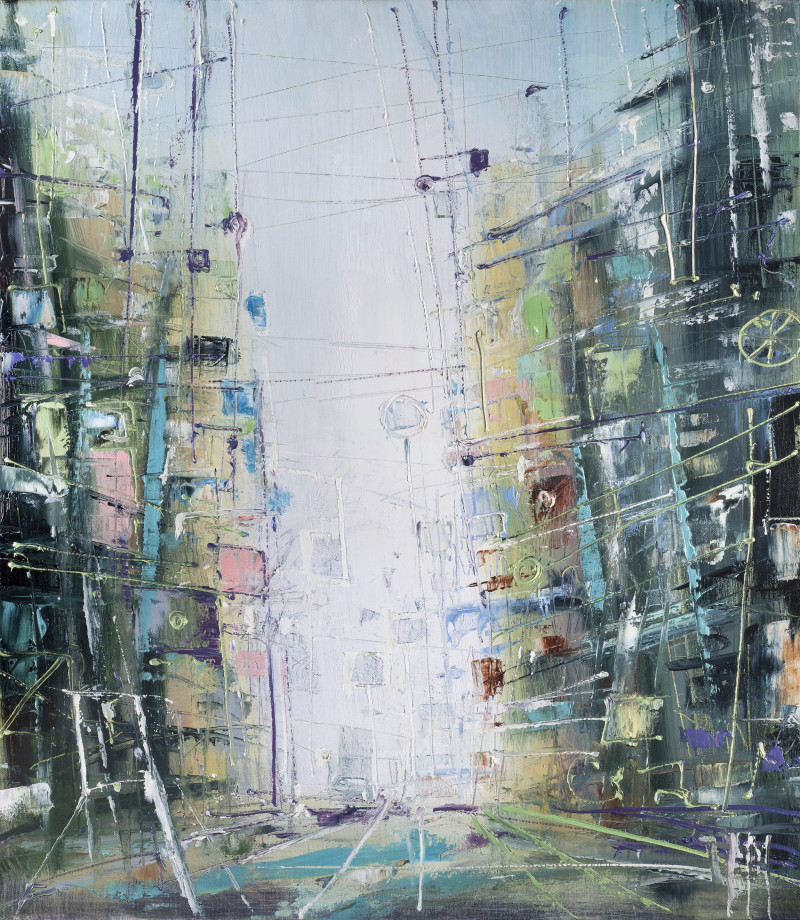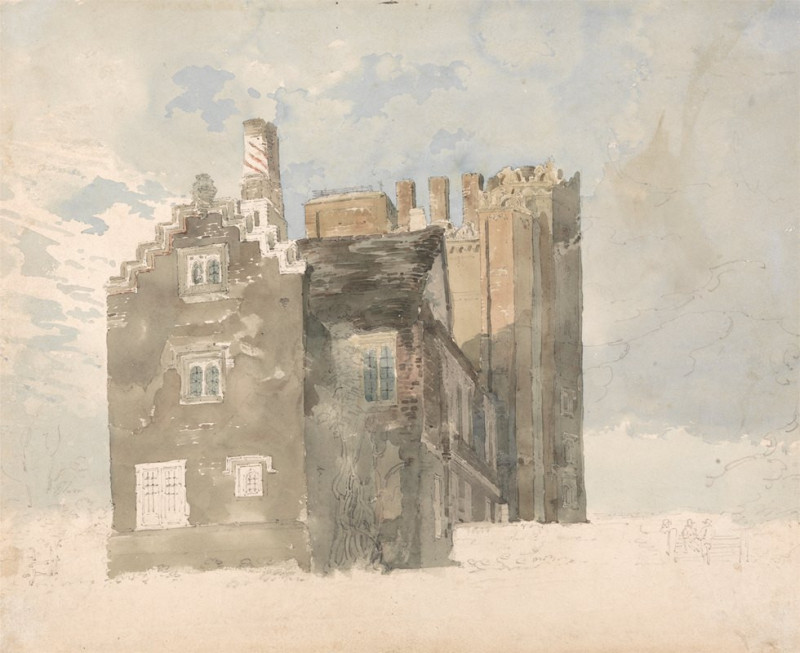Oiseaux. Libellules. Mouches. Chauve-souris. Écureuils et noisettes. Cygnes, bordures. (1897)
Technique: Giclée quality print
Recommended by our customers
More about this artwork
Explore the artistry of Maurice Pillard Verneuil through the exquisite 1897 painting titled "Oiseaux. Libellules. Mouches. Chauve-souris. Écureuils et noisettes. Cygnes, bordures." This compelling work showcases Verneuil's exceptional ability to blend naturalism with decorative art, a hallmark of the Art Nouveau movement.The painting is structured in a series of horizontal bands, each depicting different elements of nature in a stylized format. The topmost band dazzles with a majestic orange and gold eagle, its wings outstretched amidst intricate patterns that echo the beauty and symmetry of natural forms. Below this, a serene strip shows a trio of ethereal dragonflies, hovering delicately over a backdrop of stylized foliage.A darker, moodier section captures the enigmatic flight of bats against a dusky sky, encapsulating the mysterious allure of twilight creatures. The subsequent band warms up again with vibrant orange squirrels, engaged in playful antics around swirls of lush leaves and hazelnuts, evoking the energy of forest life.Finally, the bottom band presents a serene procession of elegant swans, their white feathers stark against the dark green waters they glide upon, reflecting the tranquility and grace of these majestic birds.Verneuil’s "Oiseaux. Libellules. Mouches. Chauve-souris. Écureuils et noisettes. Cygnes, bordures." not only celebrates the diversity of the animal kingdom but also illustrates the artist's mastery in creating a tapestry of color, form, and pattern that resonates with the rhythmic cycles of nature.
Delivery
Returns
Maurice Pillard Verneuil was a French artist and decorator in the Art nouveau movement. He was born in Saint-Quentin, France. Maurice Pillard Verneuil learned his trade from the Swiss designer Eugène Grasset. Maurice Pillard Verneuil then went on to become a well-known artist and designer. He was inspired by Japanese art and nature, particularly the sea. He is known for his contribution to the art deco movement and, in particular, his use of bold, floral designs in ceramic tiles, wallpapers and other furnishing textiles.




